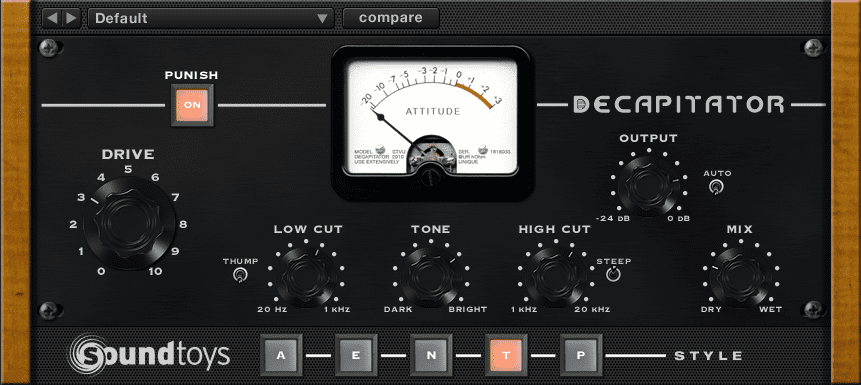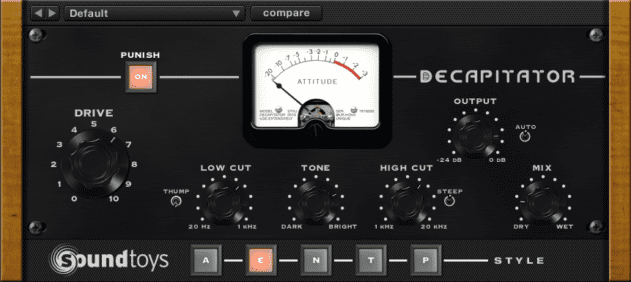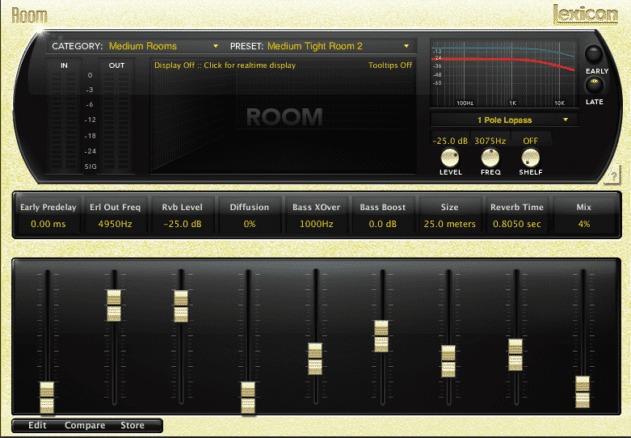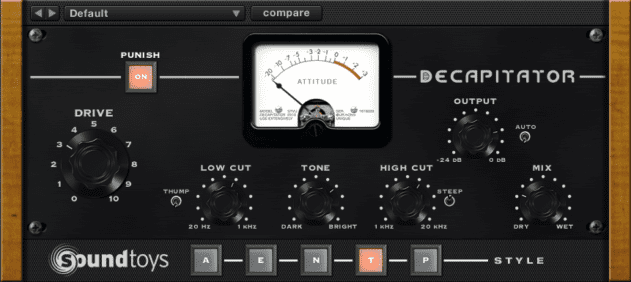In the latest Beat Dissected, it’s all about layering with a raw, bouncy old-school garage workout.
Beat Dissected is a regular series in which we deconstruct drum patterns, showing you how to program them in any DAW. Just copy our grid in your own software to recreate the loop.
Here’s the beat we’re building today:
Audio PlayerTo download the samples for this beat, click here. The samples are provided on a completely royalty-free basis. They may not be sold or given away, either in whole or in part.
You must register for a free Attack account and sign up to receive our newsletter in order to download the samples. New members can register here. Existing members can log in here.
Spec
Tempo
120-125bpmSwing
60-65%Sounds
Various Layered DrumsStep 1
The kick is a fairly vanilla-sounding layered sample, merging a solid 909 bass drum sample with a low-cut shaker sound to brighten the top end and a 707 kick (with its low end rolled away) for added front-transient snap. The four-to-the-floor pattern interspersed with lower velocity ghost hits sets up the springy groove that underlies the beat. (Click images to enlarge.)
Audio PlayerStep 2
More sound design effort goes into the Boss DR-202-sourced clap, which hits on the 2nd and 4th beat. We wanted an ultra-wide stereo spread but instead of recruiting a quick-win plugin like a spreader, we’ve opted instead to use five separate versions of the same 202 sample – each with slightly different tuning, volume envelope and sample start time – and panned them across the stereo field.
All five clap samples are routed to the same bus, where a shelving filter rolls away the lows at around 150 Hz to keep the bass end of the spectrum clear for the kick to do its thing. A sample of dusty vinyl noise is layered to give the mixed claps a little old-school flavour.
In terms of additional processing, the SoundToys Decapitator supplies a whack of saturation to give the combined claps extra body. To avoid smashing the raw sound too hard, we’ve applied it in parallel with a dry/wet balance of around 20%. Last in line, a splash of room reverb gives the stacked claps a halo of depth and allows them to bleed into the following kick hit.
Audio PlayerStep 3
The simple off-beat hat pattern triggers a prominently mixed live hi-hat sample. Any kind of open hat sound will do the job; the secret is its envelope settings, and finding a happy medium between attack and release so that it’s neither too tight nor too loose and slips neatly into the pocket of the groove between the kick and clap. Experiment with the hi-hat’s tuning so that it gives a tonal ‘response’ to the kick and snare’s united ‘call’.
Audio PlayerStep 4
An unaltered Boss DR-550 closed hi-hat sample is added just before the off-beat hat to emphasise the swing. Garage beats typically employ fairly heavy swing – somewhere between 60 and 65%. You can begin to adjust the swing setting at this point to start getting a feel for what works best.
Audio PlayerStep 5
A second 550 hi-hat – a mid, pedal-style hat sound this time – is used to give definition to the kick and add to a more complex groove in the second half of each bar. It is mixed relatively low.
Audio PlayerStep 6
The jacking semi-fill before the turnaround comes courtesy of two strategically placed snare hits. Any kind of lo-fi crunchy live snare sound will do the job. The key to the jacking snare is its tuning and volume envelope. Detune the sample and tighten its decay/release for the grit that delivers the jack.
Audio Playerstep 7
A simple vocal loop is layered above the MIDI pattern to complete the beat and give it additional character. Any kind of vocal loop can be used, but simple usually works best, otherwise the loop will dominate the groove. When choosing (or creating) this loop ensure, firstly, that its innate rhythm complements the programmed beat and, secondly, that if it’s obviously tuned it’s in a key that works with the other beat elements as well as the wider track. Note that to avoid complicating the full mix, the vocal layer doesn’t have to play for the full duration of the track – you could just use it when the beat is exposed in the mix.
Audio PlayerStep 8
Last but not least, all beat elements are fed through a bus Decapitator. Its function is to pull the disparate elements together and give them a subtle sonic glue (or ‘punishment’, in SoundToys terminology) with a dry-wet ratio of around 15%.
Audio PlayerTo download the samples for this beat, click here. The samples are provided on a completely royalty-free basis. They may not be sold or given away, either in whole or in part.











09.21 PM
Great dissection!!
02.26 PM
Super quality article! I would love to see a Broken Beat / Nu Jazz / Bossa Beat Dissected. Thank you for your time!
02.27 PM
Super quality article!
09.07 AM
Hey thanks so much for the article, great read. Curious about the reverb added on the hats as this wasn’t mentioned.. Would you in normal circumstances use a send/return channel during mix down to add reverb to your drums or would you, like in this example, process each drum first (adding some reverb to the drum) before programming?
03.47 PM
Awesome! Would love to see juke /footwork dissect